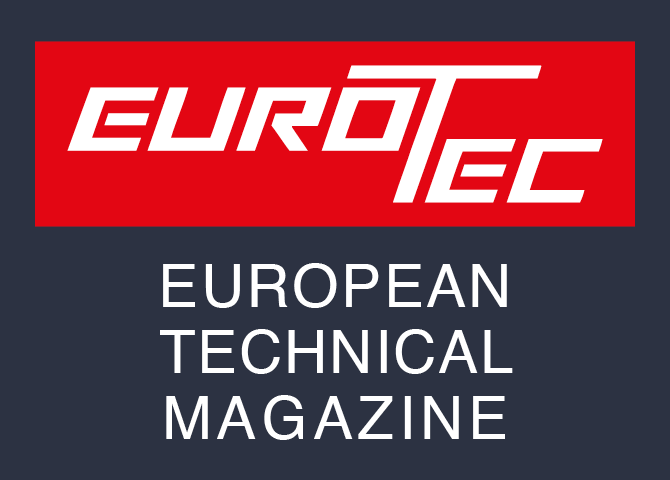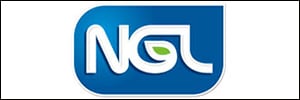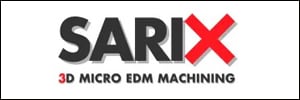Burrs and chips occur at almost every stage in the manufacture or processing of components. These unwanted and mostly sharp-edged fragments of material pose an injury hazard, and such production waste can also affect the quality and function of the product.

Additionally, parts with burrs and chips cannot meet modern expectations and the often stringent cleanliness requirements in such sectors as the automotive, aviation and medical industries, precision engineering, electrical and mechanical engineering and many others. What’s more, when the cleanliness inspection process causes burrs and chips to become detached from a component, the resulting products are normally inacceptable.
An absolute necessity There is no way to side-step the need for deburring. The question is: What procedure to use to carry out this task efficiently and without endangering processes? And does deburring pose special requirements on cleaning the parts? “If specific cleanliness requirements have to be met with regard to the residual particulate contamination, then deburring of the components is a basic essential”, says Olaf Daebler, Head of Surface Technology at Deutsche Messe. He adds: “That’s why this year’s parts2clean will focus the spotlight for the first time on de-burring, including a dedicated theme park”. The 11th session of the leading international trade fair for cleaning of industrial components and surfaces takes place from October 22 to 24, 2013 in Stuttgart. The list of exhibitors already includes more than 200 companies from 14 countries.
The various facets of deburring Removal of burrs can involve a variety of traditional procedures such as cutting back, milling, grinding, vibratory polishing or irradiation with various media. In the limiting case, these partly manual methods are used where very high process safety is required, where the component has a large number of points to be de-burred, or where there are internal burrs. For the last type of task especially, thermal energy machining (TEM), electrochemical deburring (ECM), high pressure water jet deburring (HDW), flow grinding and chemical bath deburring have all proven themselves at process-safe removal of unwanted remnants. Most de-burring procedures are followed by a cleaning process.
Specialised trade-show The exhibitors at parts2clean 2013 provide answers and solutions for economical and process-safe deburring and cleaning processes. As the only international trade fair with an exclusive focus on cleaning of industrial components and surfaces, parts2clean also offers comprehensive know-how via its three-day technical forum, with simultaneous translation (German/English and English/German) of the lectures on the various topics involved, including deburring.
.
.
..brought to you by eurotec-online.com





















